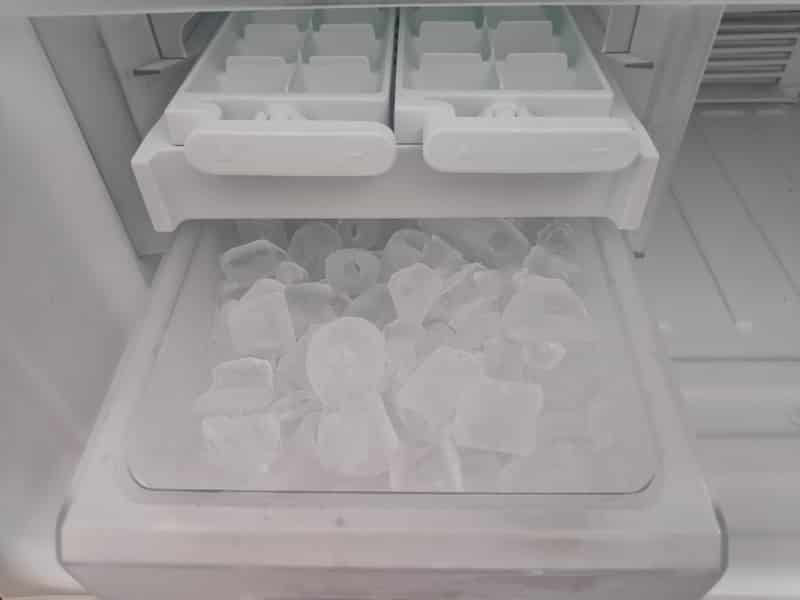
Kitchens tend to be the most used areas of every home, and they are only functional when the right appliances are installed in the kitchen. One of these important appliance is an ice maker. However, the users often ask how long does it take for a new ice maker to fill with water, and with this post, you will find all the answers!
How Long Does It Take For A New Ice Maker To Fill With Water?
When it comes down to using new ice makers, they are likely to produce ice for one to two beverages only, and in the start, it might not be able to put up with the high demand of your parties and large family. However, with time, the ice maker will be able to produce eight to ten cubes of ice after every ninety minutes, which means around 130 cubes in one day, but it differs with which model you are using. For instance, if your ice maker is designed with the quick ice feature, it will be able to produce over 50% more ice as compared to the quantity of ice cubes production mentioned previously.
In simpler words, in one day, the ice maker will be able to produce 3lbs to 7lbs of ice, which makes 130 cubes in a day, and it will be enough to fill up six to eight glasses. This ice production is enough for small households, but it won’t suffice the larger families and hotter days. On the other hand, if your ice maker is not capable of making even this mentioned quantity of ice, there could be something wrong, and we are sharing what impacts the ice production in an ice maker;
1. Temperature
First of all, if the ice maker has a high temperature, it will have a hard time making ice. In case your ice maker has an internal thermometer, you can use it to keep an eye on the temperature. In particular, the temperature must be 10-degrees Fahrenheit or lower for producing ice. On the other hand, if you have the air thermometer, you need to put it in the ice maker and keep the ice maker’s door closed for thirty minutes before you finalize the temperature. In case you’ve some ice cream available, you can check if it’s hard. The hard ice cream means sufficient temperature for making ice, but if the ice cream is mushy and soft, the temperature is too high to produce ice.
2. Water Valve
When it comes down to the ice maker, there are two types of water valves – one comes from the home that supplies water to your ice maker. However, if your home gets hard water, the valves will be clogged with sand and sediment, which means it won’t be able to flow enough water, hence adverse impacts on the ice production. So, if the ice maker is taking time to fill up, you need to check the water valve and clear the clogging. However, if the clogging is too severe, you will need to replace the water valve.
3. Feeler Arm
A feeler arm is known as a metal wire which extends down from the ice maker, and it determines if there is ice on top of the ice bin. In simpler words, it’s important for stopping the overflowing of the ice bin. In case the feeler arm is not working properly, it will signal the ice maker that an ice bin is full even when it is not. So, you have to ensure that the ice bin is properly installed because the incorrect installation will restrict the functionality of the ice maker, hence low ice production.
4. Ice Maker Cycle
If your ice maker is not making enough ice because it stops working in the middle of the ice-making cycle, there are chances that something is wrong with the electrical connection. In particular, you have to check the heater, motor, and thermostat because these are the common components that fail. Once these components of the ice maker start working, the cycle will be streamlined, and the ice production will be maximized.
5. Water Pressure
Last but not least, it is important to check the water pressure. The ice maker needs at least 40psi water pressure to produce ice. However, if the water pressure falls below this point, ice production will be hindered.